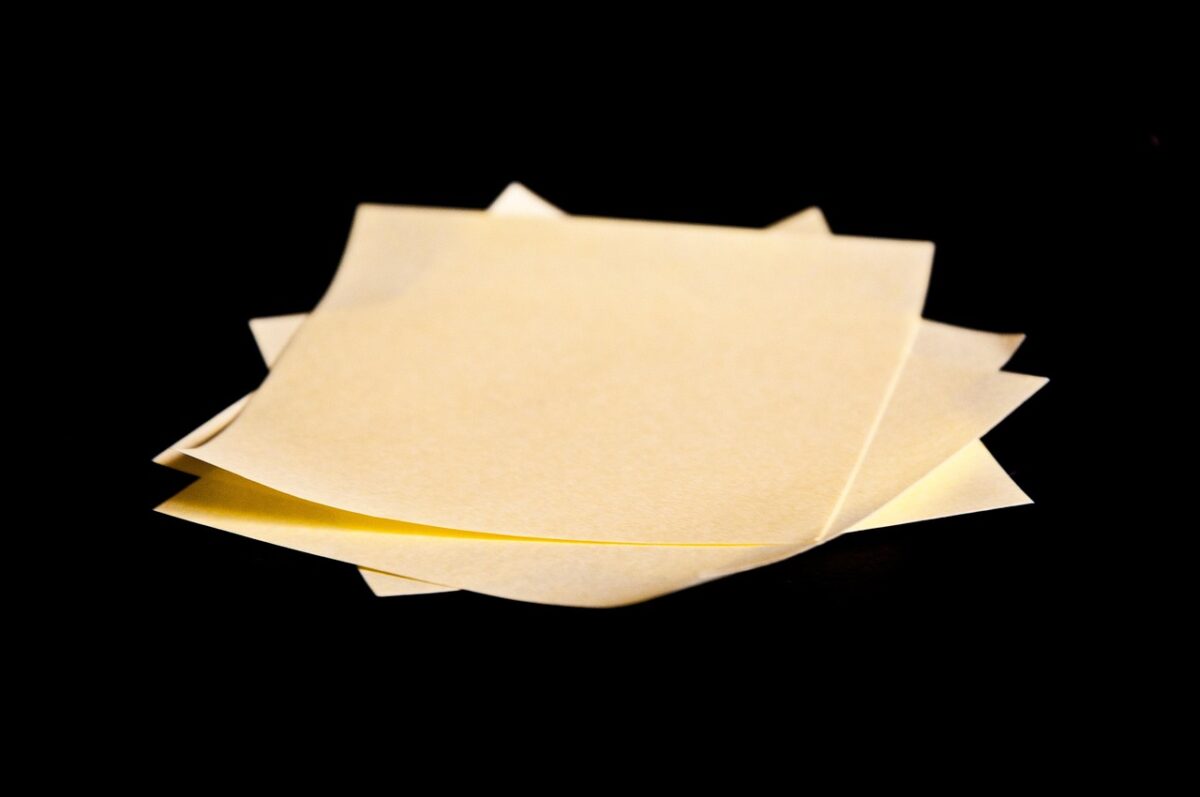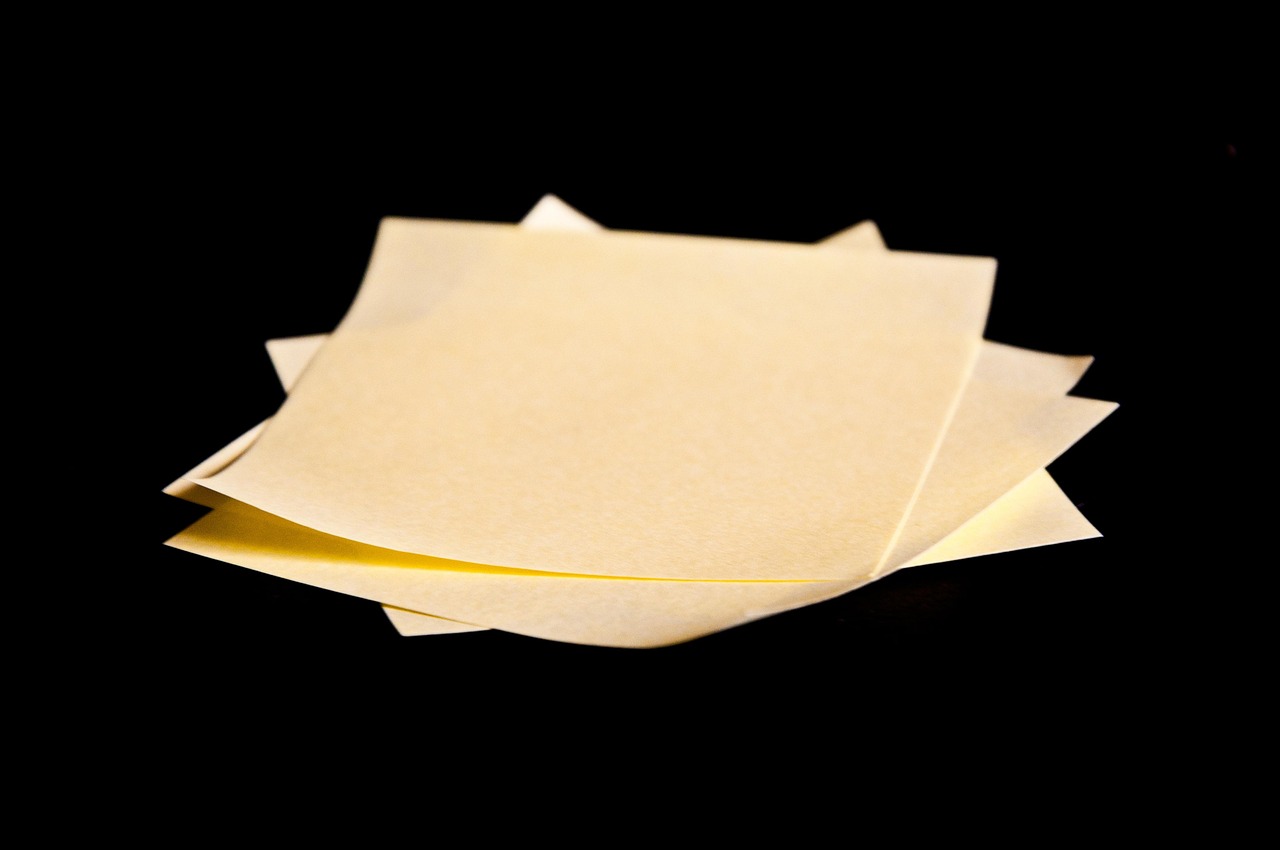What is Ceramic Coating and What Does It Do?

- What is Ceramic Coating and What Does It Do?
- What is Ceramic Coating and What Does It Do?
- The Science Behind Ceramic Coatings
- Understanding Nanotechnology
- Hydrophobicity and Its Benefits
- Durability and Longevity
- Applying a Ceramic Coating
- Professional vs. DIY Application
- The Preparation Process
- The Application and Curing Process
- Benefits of Ceramic Coating
- Conclusion

What is Ceramic Coating and What Does It Do?
Imagine a shield of invisible armor protecting your car’s paint, repelling dirt, grime, and the harsh elements. That’s the power of ceramic coating, a revolutionary nanotechnology solution that’s transforming car care. More than just a wax or sealant, a ceramic coating forms a semi-permanent bond with your vehicle’s paint, creating a super-hydrophobic layer that enhances gloss, simplifies cleaning, and provides long-lasting protection. This article delves into the science behind ceramic coatings, exploring their benefits, application process, and why they’re becoming the go-to choice for car enthusiasts and everyday drivers alike seeking the ultimate in paint protection.

The Science Behind Ceramic Coatings
Understanding Nanotechnology
Ceramic coatings leverage the power of nanotechnology, manipulating materials at the atomic level. These coatings are composed of silicon dioxide (SiO2), the primary component of glass and quartz, formulated into nanoparticles. When applied, these nanoparticles form a tightly bonded, crystalline structure on the paint surface, creating an incredibly durable and resistant layer.
This nanocrystalline structure is the key to the coating’s exceptional performance. The tightly packed particles create a smooth, hydrophobic surface that repels water, dirt, and other contaminants. This not only enhances the car’s shine but also makes cleaning significantly easier.
The hardness of the coating also contributes to its protective qualities, guarding against minor scratches and swirl marks that can dull the paint over time. This resistance to environmental factors like UV rays, acid rain, and bird droppings further extends the life and beauty of the car’s finish.
Hydrophobicity and Its Benefits
The hydrophobic nature of ceramic coatings is one of their most notable features. This water-repelling quality is what gives the car that satisfying “beading” effect, where water droplets form tight spheres and roll off the surface effortlessly. This not only looks impressive but also prevents water spots and staining.
The hydrophobic effect also makes cleaning much easier. Dirt and grime have difficulty adhering to the coated surface, so they can be rinsed away with minimal effort. This reduces the need for harsh chemicals and frequent washing, saving time and money while preserving the paint’s integrity.
Furthermore, the hydrophobic properties contribute to the coating’s self-cleaning capabilities. Rain and even light washes can help remove loose dirt and dust, keeping the car looking cleaner for longer.
Durability and Longevity
Ceramic coatings offer superior durability compared to traditional waxes and sealants. While waxes typically last a few months, ceramic coatings can provide protection for years, depending on the specific product and application process.
This longevity is due to the strong chemical bond the coating forms with the paint. Unlike waxes that sit on top of the paint, ceramic coatings become an integral part of the surface, creating a much more resilient and long-lasting barrier.
This long-term protection makes ceramic coatings a valuable investment, preserving the car’s appearance and resale value over time.
Applying a Ceramic Coating
Professional vs. DIY Application
Ceramic coatings can be applied either professionally or as a DIY project. Professional application is generally recommended for optimal results, as it requires specialized knowledge, tools, and a controlled environment.
Professionals have the expertise to properly prepare the paint surface, ensuring a flawless bond and maximizing the coating’s performance. They also have access to higher-grade coatings and curing equipment, which can further enhance the durability and longevity of the protection.
DIY application is possible, but it requires careful preparation and attention to detail. It’s crucial to follow the manufacturer’s instructions precisely and to work in a clean, dust-free environment. DIY kits are available, but the results may not be as consistent or long-lasting as a professional application.
The Preparation Process
Proper paint preparation is essential for a successful ceramic coating application. This involves thoroughly washing and decontaminating the paint to remove any dirt, grime, iron particles, or other contaminants that could interfere with the coating’s adhesion.
A clay bar treatment is often used to remove embedded contaminants, followed by a polishing step to correct any imperfections in the paint surface. This creates a smooth, clean canvas for the coating to bond with, ensuring optimal performance and a flawless finish.
This meticulous preparation process is crucial for achieving a uniform and durable coating. Any remaining contaminants can cause imperfections in the final result, diminishing the coating’s protective qualities and aesthetic appeal.
The Application and Curing Process
Applying the ceramic coating requires precision and care. The coating is typically applied in thin, even layers using a specialized applicator pad. It’s important to work in small sections and to avoid over-applying the product, which can lead to streaking or unevenness.
After application, the coating needs to cure to form its protective layer. The curing time varies depending on the specific product and environmental conditions, but it typically takes several hours to a few days. During this time, it’s essential to keep the car protected from the elements and avoid touching the coated surface.
Proper curing is crucial for maximizing the coating’s durability and performance. Rushing the curing process can compromise the coating’s bond and reduce its effectiveness.
Benefits of Ceramic Coating
- Enhanced Gloss and Shine
- Superior Paint Protection
- Hydrophobic Properties for Easy Cleaning
- Resistance to UV Rays, Chemicals, and Environmental Contaminants
- Increased Resale Value
| Feature | Benefit |
|---|---|
| Hydrophobicity | Repels water and dirt |
| Durability | Long-lasting protection |
| Gloss | Enhances shine |
Conclusion
Ceramic coating provides an unparalleled level of protection and aesthetic enhancement for your vehicle. Its advanced nanotechnology creates a durable, hydrophobic barrier against environmental hazards, preserving your car’s paint and enhancing its shine for years to come. While professional application is recommended for optimal results, DIY options are available for those willing to invest the time and effort. Ultimately, ceramic coating represents a smart investment for any car owner seeking the ultimate in paint protection and a showroom-worthy finish.
How long does a ceramic coating last?
The lifespan of a ceramic coating can vary depending on the specific product, application process, and environmental conditions. Generally, professional-grade ceramic coatings can last for several years, providing long-term protection and shine.
Is ceramic coating worth the cost?
While ceramic coating can be more expensive than traditional waxes or sealants, its long-lasting protection, enhanced shine, and ease of cleaning often make it a worthwhile investment for car owners seeking the best possible paint care.
Can I apply ceramic coating myself?
DIY ceramic coating kits are available, but professional application is generally recommended for optimal results due to the expertise and specialized equipment involved.




